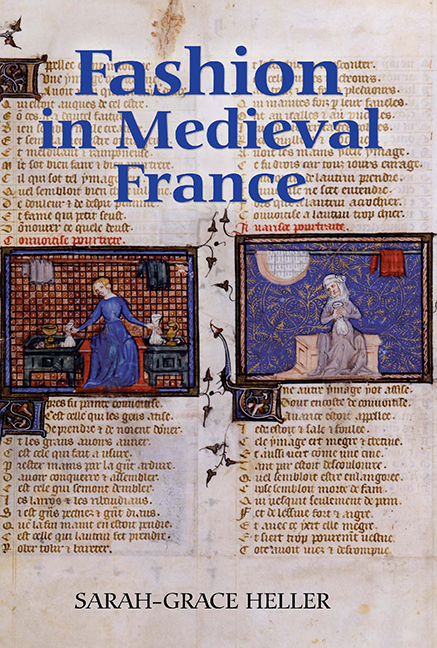Book contents
2 - The Birth of Fashion
Published online by Cambridge University Press: 13 April 2017
Summary
Inde ferunt, totidem qui vivere debeat annos, corpore de patrio parvum phoenica renasci …
Then, they say, destined to live for the same number of years, from the corpse of its father the phoenix is born again, young …
(Ovid, Metamorphosesxv.401–2.)Can we speak of a birth of fashion? Many scholars have done so, operating under the assumption that, while dress and ornament are universal, fashion is specific to certain times and places. The birth of modern fashion has been discovered in the industrial revolution, in the rise of the department store, and with the advent of cheap print media. Many costume historians have located fashion's birth in the West in the fourteenth- or fifteenth-century courts of Burgundy or Italy, or more generally with the era referred to as “Early Modernity.” This chapter will survey, and question, some of this dating.
The existence of so many different recorded births of fashion says something important about how fashion functions. Fashion systems constantly reject the immediate past. Every new wave of innovation presents itself, like Ovid's phoenix, as newly born, even while it may be situated along what is really an unbroken (but constantly bending) thread of evolution. Speaking of fashion's birth raises the problems of searching for origins and sources, historically a preoccupation of literary historians, but one critiqued by more recent generations who construe the quest for the origins of medieval texts, themes, and ideas as chimerical. The confusion of opinions over dating fashion's birth(s) reveals the vanity of trying to establish a single authoritative moment of incarnation. Better than trying to fix a single moment for fashion's incarnation is to ask when the cultural value placed on novelty becomes prominent, and when the desire for innovation and the capacity for the production of innovation reach a critical point of becoming a constant and organizing presence.
Fashion is born whenever you study it
Partial or limited knowledge of earlier cultures may often contribute to perceiving a birth of fashion. For instance, when the fourth to the fifteenth centuries are popularly viewed as a monolithic cultural wasteland, there is a tendency to assume that there was no fashion in the Middle Ages.
- Type
- Chapter
- Information
- Fashion in Medieval France , pp. 46 - 60Publisher: Boydell & BrewerPrint publication year: 2007



